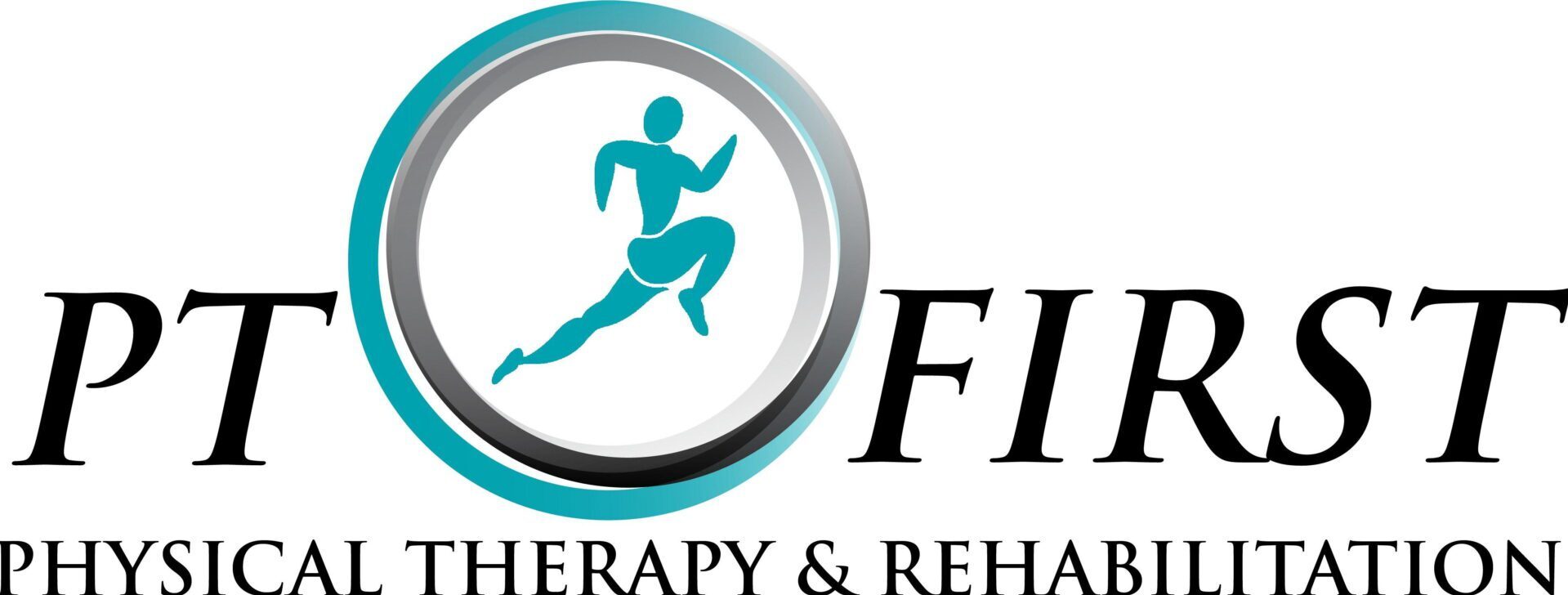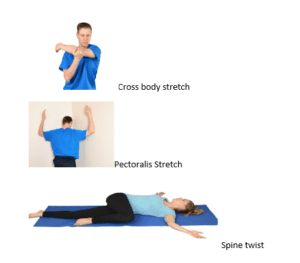STRIKEOUT SHOULDER PAIN!
Dear throwers,
The spring is one my favorite times of the year because baseball season has finally arrived. With all levels of baseball in full go the crack of the bat is music to my ears. In addition to the joy of what’s happening on the field comes the agony of shoulder pain off the field.
For many high school athletes shoulder injuries will be the primary factor that interrupts their season. The incidence of shoulder is on the rise and there are many factors that contribute to this increase. While there is no lack of training protocols, pitch counts, and throwing techniques there is still an increasing number of athletes that need to be shut down for a game or even worse a season, due to shoulder injuries.
From a physical therapy point of view the overhead throwing motion is a “natural†motion of the shoulder, but it is also a stressful motion. This physiologic stress is likely why overhead throwing is often incorrectly dubbed an “unnatural motion.†With that being said, there is a great deal of stress generated in the shoulder/elbow with every throw.
The first antidote to reduce shoulder pain is having the proper “functional strength.†The term “functional†has become a catch-all term that has lost its true meaning. With respect to baseball players, if they spent the weeks leading up to the season doing 3 sets of 10 on the bench press, you should not expect an arm that can throw 90 effective pitches. Consider doing light weight higher repletion exercises for your arm to build the proper endurance.
Next, pitchers should be distance runners first. I say that tongue-in-cheek, but a pitchers main engine to throw longer and harder is in their legs. Running is a great way to build endurance in the legs to power you through those long innings.
While most throwers know and do the “Throwers 10†exercises to prepare to throw, there is little fanfare on recovery after throwing. To ice or not to ice! There are some schools of thought that ice adversely impacts the healing process after throwing. There is no scientific evidence to support this, so you should ice your shoulder. Also, it is a good idea to do some light stretching no later than 1 day after your throwing session. The ideal time is after your start but this often not practical. Also, soft tissue work is a big key in reducing any inflammatory chemicals stills present in the muscles.
Building back up to next start with light throwing days in between is a great way to reduce soreness and build strength. Throwing a football is great way before you throw is a great way to get the protective muscles of the shoulder to ramp back up.
In closing, throwing is a natural stressful activity with respect to the shoulder. Making sure you are fit to throw and recovering properly will allow you to manage your next outings. Best of luck to all teams this year!
In health,
Felipe J. Mares, PT, DPT, ATC/L, CAFS
shoulder stretchesPre/post throwing stretching

